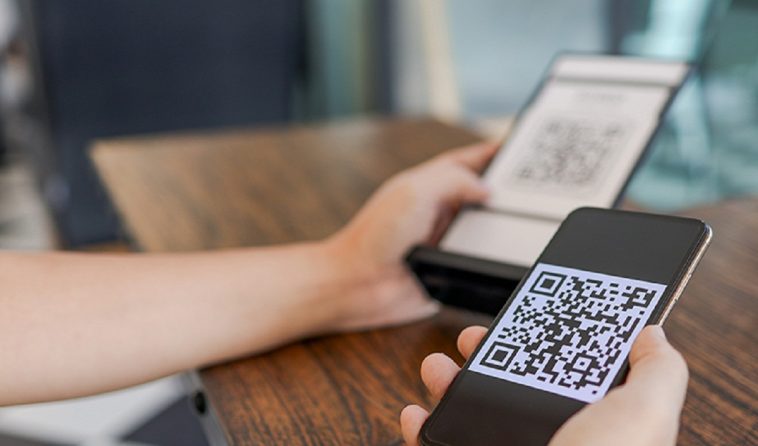Scan to pay technology is taking the world by storm. It has revolutionized the world of online payment. Although it has been there for quite some time, the popularity of this payment option skyrocketed after the pandemic. Through this method, a customer can pay for a product or service by scanning the QR code provided by the merchant. Once scanned, the payment reaches the merchant without the payee’s or receiver’s physical contact with anything except their phones.
How does it work?
Of late, the scan to pay system has become the payment option of choice amongst the classes and the masses. Its ease of use makes it a merchant and customer-friendly contactless payment method.
For making a payment through the scan-to-pay method, the customer needs to scan the specific QR code. Then, the interface demands the required amount to be transferred. After this, the amount gets deducted from the account.
This form of payment is independent of swiping machines, passwords, or PINs. The payer needs a smartphone with a built-in camera and a scanner to process the QR code. The latest smartphones come with in-built QR code scanners. So the payer just needs to scan the QR code through the Fave App to transfer the payment.
Furthermore, it does not necessitate the merchant to enter their account details or phone numbers to enable the payment.
Different scan to pay options
When it comes to scanning and paying, several options are available at the disposal of both parties. Listed below are some of the best scan-to-pay options.
- Scan to pay app
Under this method, the payer needs to open the scan-to-pay app and enter the required details, such as the transaction amount, to generate the QR code Scanner. Then, scanning the code for mobile payment transfers the amount to the receiver without any extra software or hardware requirement.
- App-to-app
The app to app payment method works when both parties use the same scan to pay the application. The payer just needs to scan for mobile payment by phone. The process involves opening the application from both mobile phones, scanning the QR code, and confirming the transaction.
- Business scanning customer’s QR code
Several banking applications provide the option of “scan phone to pay.” Under this, the payer (business) can generate a payment within their banking app by entering the amount in the mobile phones and generating a scan to pay code for businesses to scan.
Benefits of scan-to-pay
The benefits of the scan-to-pay payment option are many. Some of them have been listed below-
It is a quick payment option.
The biggest benefit of this payment option is that it is one of the quickest payment modes. The transactions complete within a few seconds, and the money reaches the concerned account.
It is convenient
UPI scan and pay is one of the most convenient ways to process any transaction. First and foremost, it is contact-free, making it a suitable payment option during the pandemic. You just need a smartphone and an internet connection to complete the transaction. With it, making and accepting payments is a cakewalk.
It does not require any hardware.
Another benefit of this payment option is its flexibility. Scan to pay does not require the receiver to have additional hardware to accept the money. This mode of transaction is flexible and does not require a bulky POS system. Here, the customer’s phone acts as a POS system.
It is a safe payment mechanism.
Scan to pay makes up for a safe payment method. It does not mandate the involved parties to divulge critical details to complete the transaction. Furthermore, from the pandemic point of view, this contactless payment method makes up for the safest transaction means.
Pay-by-scan is proving to be a boon for payers, as well as receivers. From the business point of view, this payment option is beneficial for customers and merchants across various industries. Most businesses these days are adopting scan-to-pay technology to make the payment process swift and easy. Customers are also enjoying it, as they benefit from the perks it offers. Looking at the benefits and the pace at which it is gaining popularity, the technology is very likely to dominate the future.




